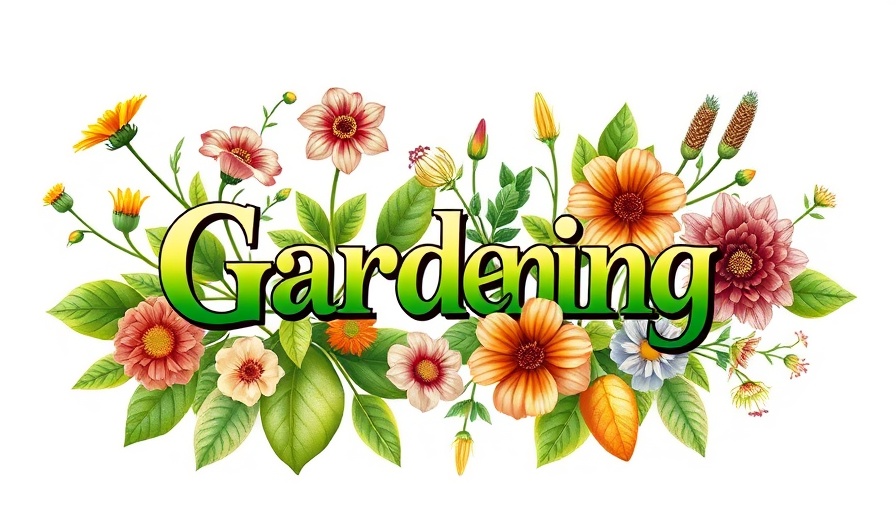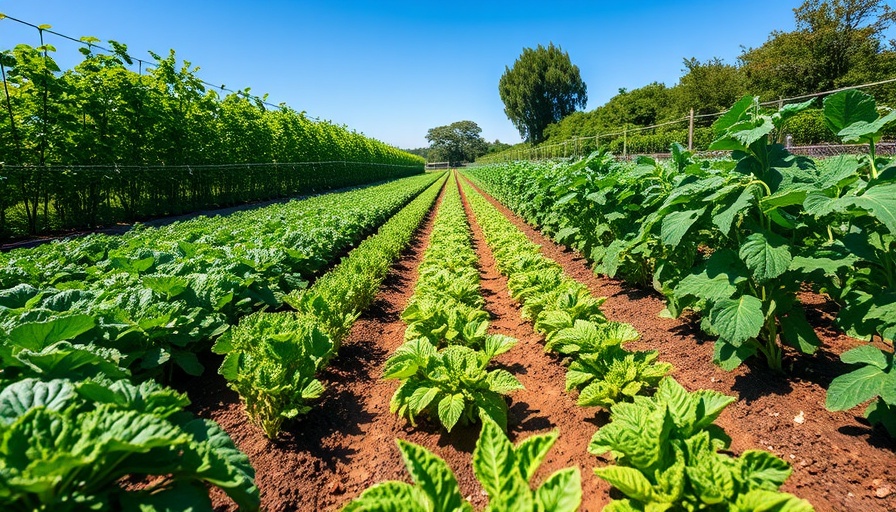
The Art of Harvesting: When to Pick Watermelon for Peak Flavor
Many home gardeners share the same joy when biting into a ripe, sweet watermelon harvested from their own backyard. But how do you know when to pick watermelon for that perfect experience? Understanding the signs of watermelon ripeness can mean the difference between a lackluster and a glorious harvest. Watermelons don’t improve in sweetness or flavor once they have left the vine. Therefore, it is crucial to identify the key indicators of ripeness in order to cultivate the juiciest, most flavorful melons possible.
Understanding the Growth Cycle of Watermelons
Watermelons are typically quite generous recipients of care, yielding delicious fruit when their needs are met. The duration before you can expect to see your watermelons ready for harvest largely depends on the variety. For example, if you are cultivating the popular Sugar Baby or smaller types, you might experience results in as little as 75 days. Conversely, larger varieties like the Congo can take up to 100 days. Timing is also influenced by initial seed-starting indoors, pollination conditions, and how well you’ve managed their care during growth.
The Essentials: Key Indicators for Picking Watermelon
To ensure the best harvest, here are some critical factors to observe when determining the ripeness of your watermelon:
- Color and Appearance: A ripe watermelon will exhibit a vibrant color, often varying by variety. Its skin should also have a faint sheen rather than a glossy coating.
- Field Spot: This is the area where the watermelon rested on the ground. A creamy yellow field spot is a sign that the fruit has matured sufficiently and might be ripe.
- Tendrils and Leaves: The tendril attached to the stem of the watermelon will often dry up and turn brown when the fruit is ripe. Likewise, leaves starting to wilt may signal that the fruit is ready for picking.
- Sound Test: Knocking gently on the melon can provide insight into ripeness. A hollow sound usually indicates that the fruit is ripe, while a dull thud suggests it needs more time.
- Texture and Size: Ripe watermelons should feel heavy and solid. While weight can vary among different varieties, generally, a watermelon should not feel overly light.
Maximizing Watermelon Quality with Proper Care
Achieving peak watermelon quality doesn’t stop at understanding when to pick them—the care they receive through their life cycle is equally important. Ensuring consistent hydration, appropriate sunlight amounts, and testing soil quality can all significantly influence fruit maturity and sweetness. For instance, providing about two inches of water per week during the plant's growth phase and adjusting to around one inch after fruit set can ensure optimal development.
Common Misconceptions About Watermelon Ripeness
Many novice gardeners may fall victim to the common myth that size equals sweetness. It’s not always the biggest fruit but the one that shows the aforementioned signs that indicates peak ripeness. Additionally, waiting too long can lead to overripe watermelons, which can often produce mealy textures rather than the crisp, crunchy bite that one desires.
The Future of Watermelon Cultivation
As climate conditions evolve, home gardeners must adapt their practices to keep up with changing environmental factors. Understanding your local growing conditions—including temperature and rainfall patterns—is vital in determining when to maximize your harvest. Future innovations in agricultural technology may also present ways to monitor ripeness more accurately, enhancing the home growing experience.
With the right knowledge and attention to detail, you can elevate your watermelon harvesting skills from mediocre to extraordinary. Pay attention to the indicators we've discussed, and soon you will be enjoying the sweet rewards of your labor.
If you're eager to perfect your gardening endeavors and fully experience the satisfaction of homegrown produce, it’s time to act! Gather your gardening tools, study the growing conditions, and prepare to nurture your watermelon plants to their fullest potential this season.
 Add Row
Add Row  Add
Add 


Write A Comment